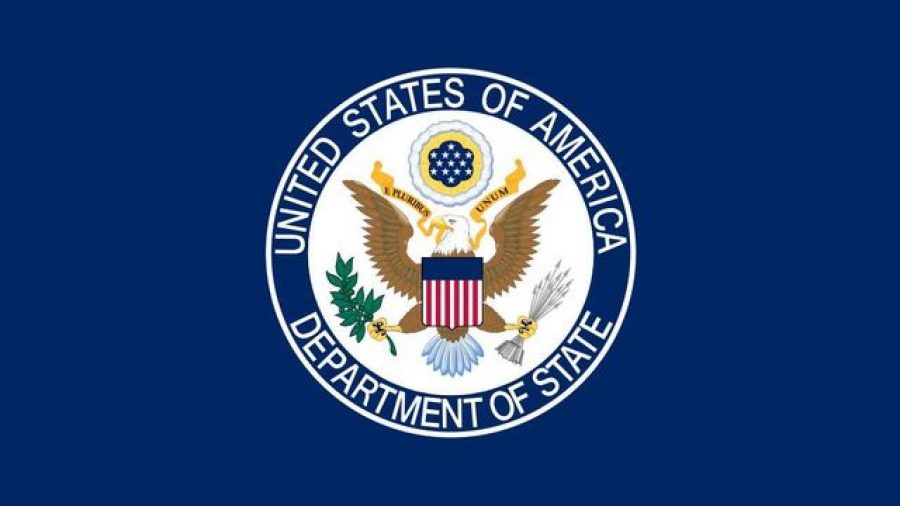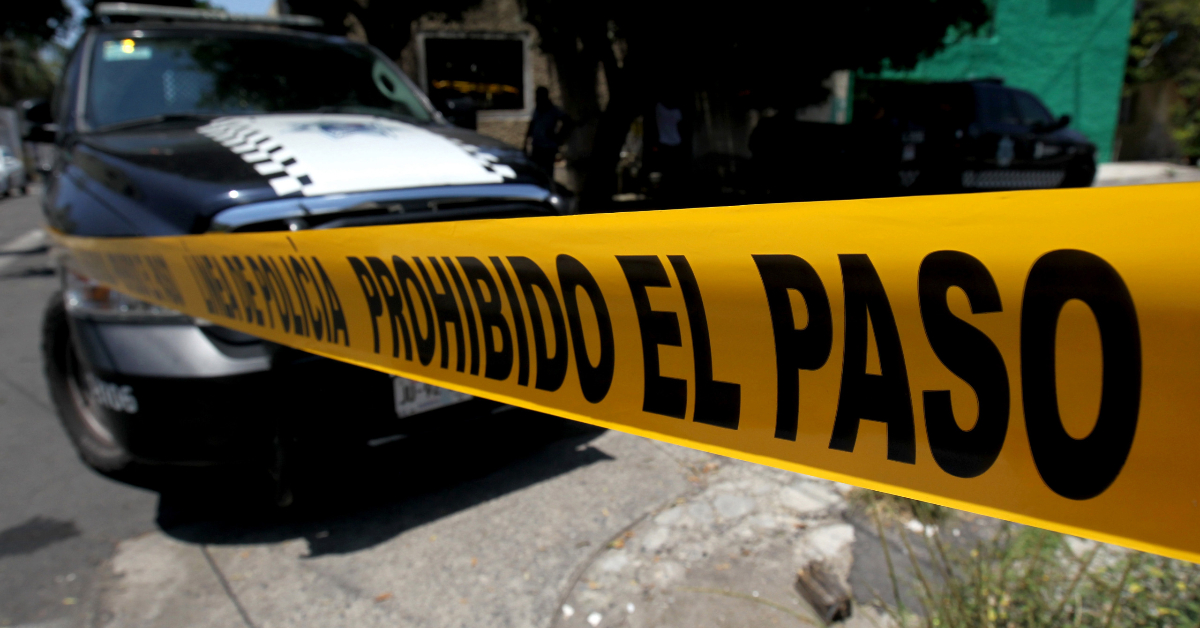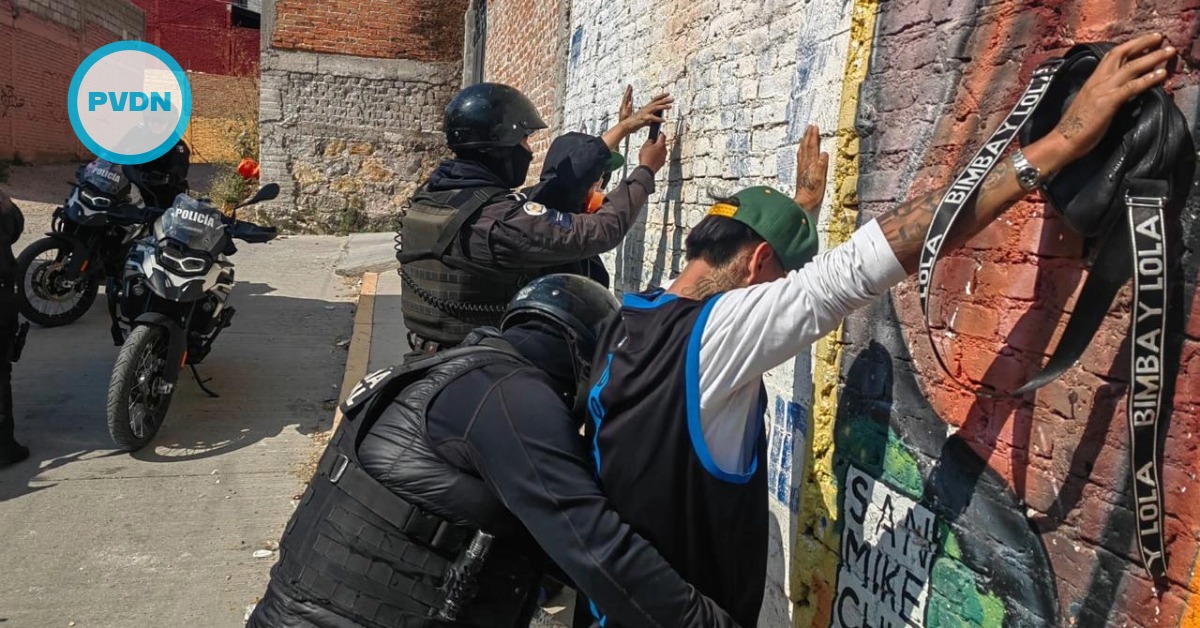The U.S. issued a travel advisory ahead of the Christmas holidays for citizens thinking about vacationing in Mexico.
According to the State Department, the new advisory was needed to warn Americans about crime and kidnapping in Mexico.
“Violent crime – such as homicide, kidnapping, carjacking, and robbery – is widespread,” the State Department said.
The State Department is also setting new restrictions U.S. government employees who “may not travel between cities after dark, may not hail taxis on the street, and must rely on dispatched vehicles, including from app-based services like Uber . . .






